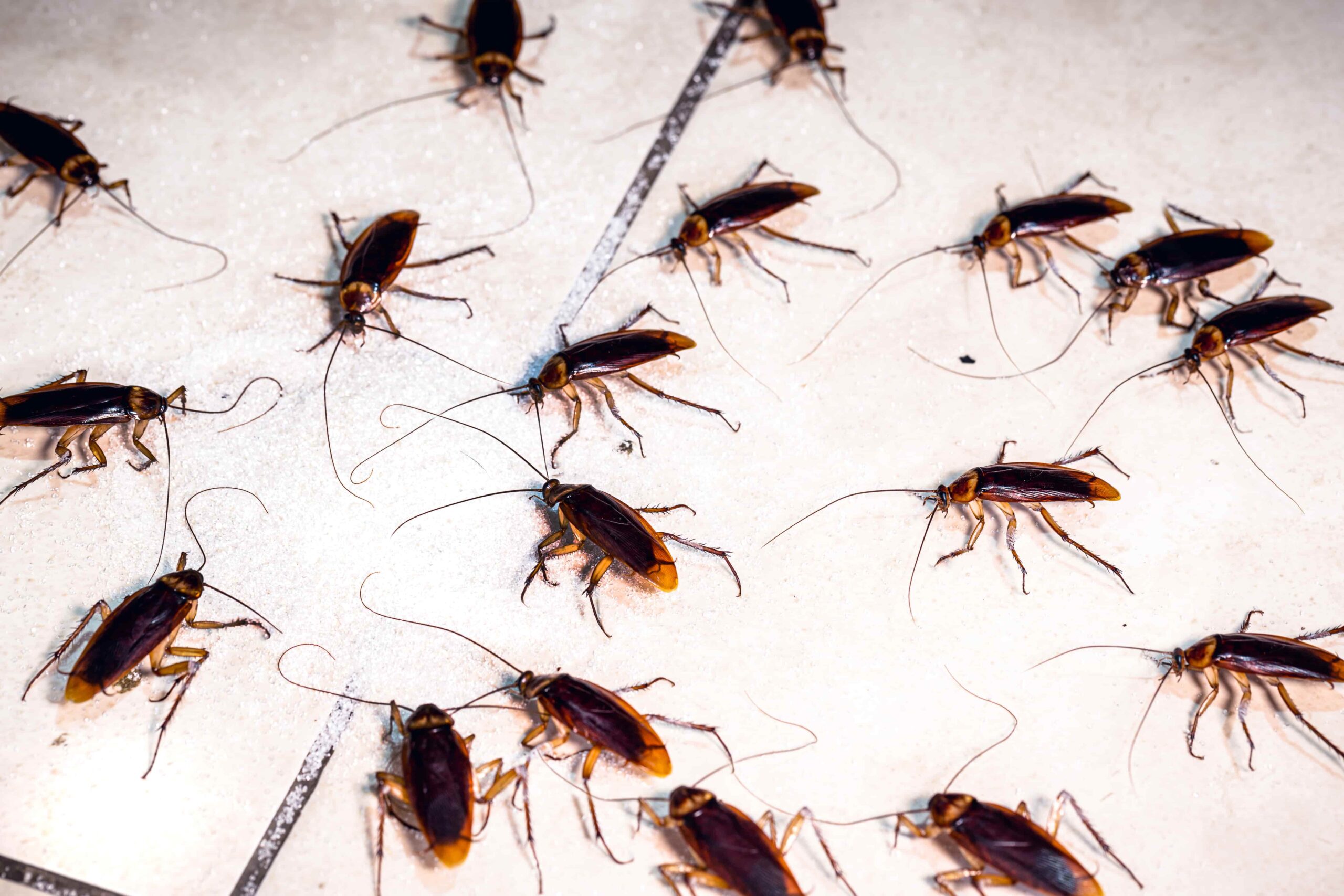
Cockroaches
The sight of a cockroach running around in the kitchen cupboard may be familiar to some, but you don’t have to live with them. Cockroaches can eat food items in your home, including crumbs trapped in cracks and spilled drinks. While they don’t generally bite people, cockroaches shed, and their waste products can get into the air you breathe. Indoor cockroach infestations may cause allergy and asthma symptoms to get worse.
Ants
Ants can spoil more than a picnic. Some species can destroy wood buildings, and others can bite. Although ants play important roles in nature, they don’t belong in people’s homes. Fortunately, there are many simple steps you can take to resolve the problem once you know what kind of ant you are dealing with
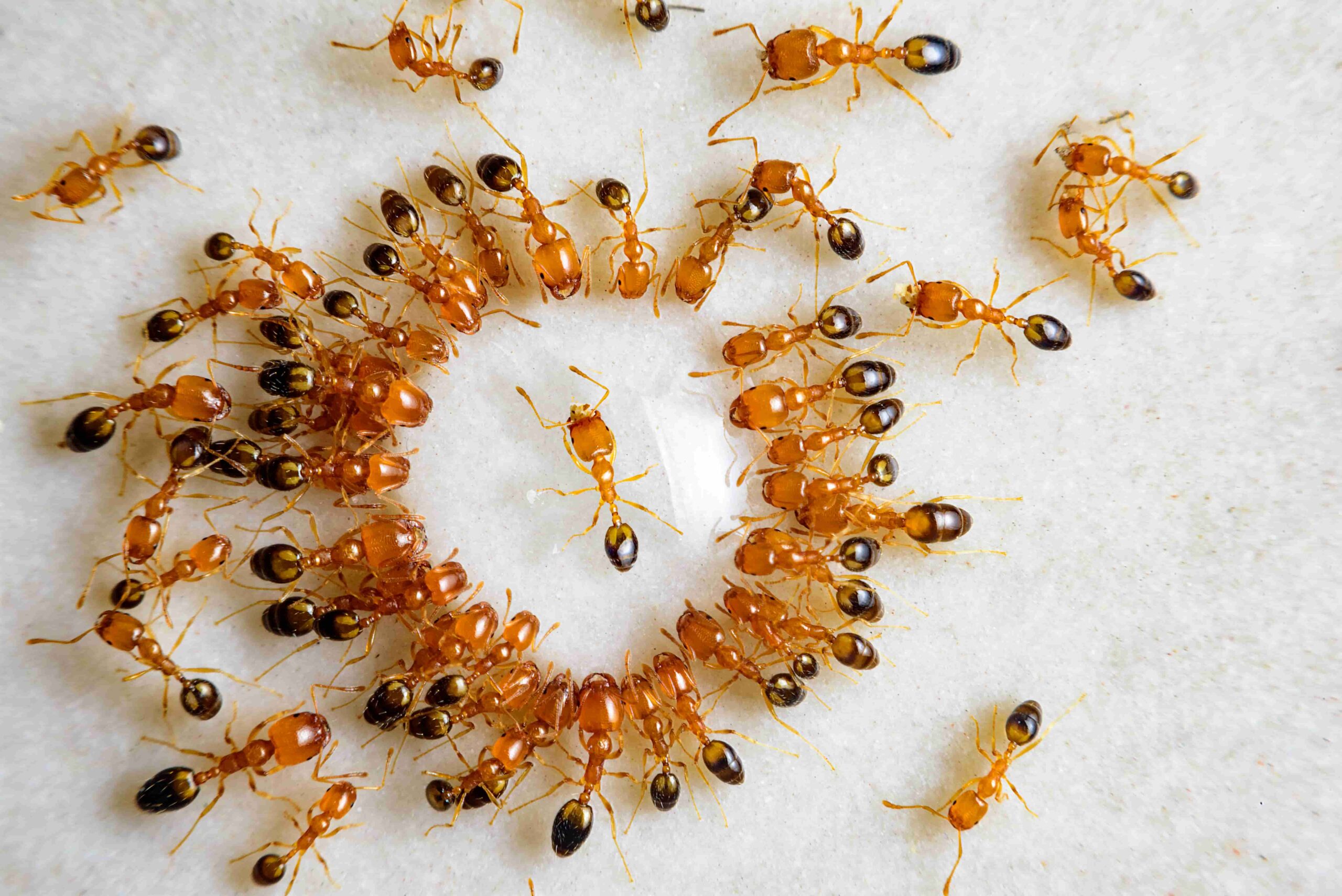
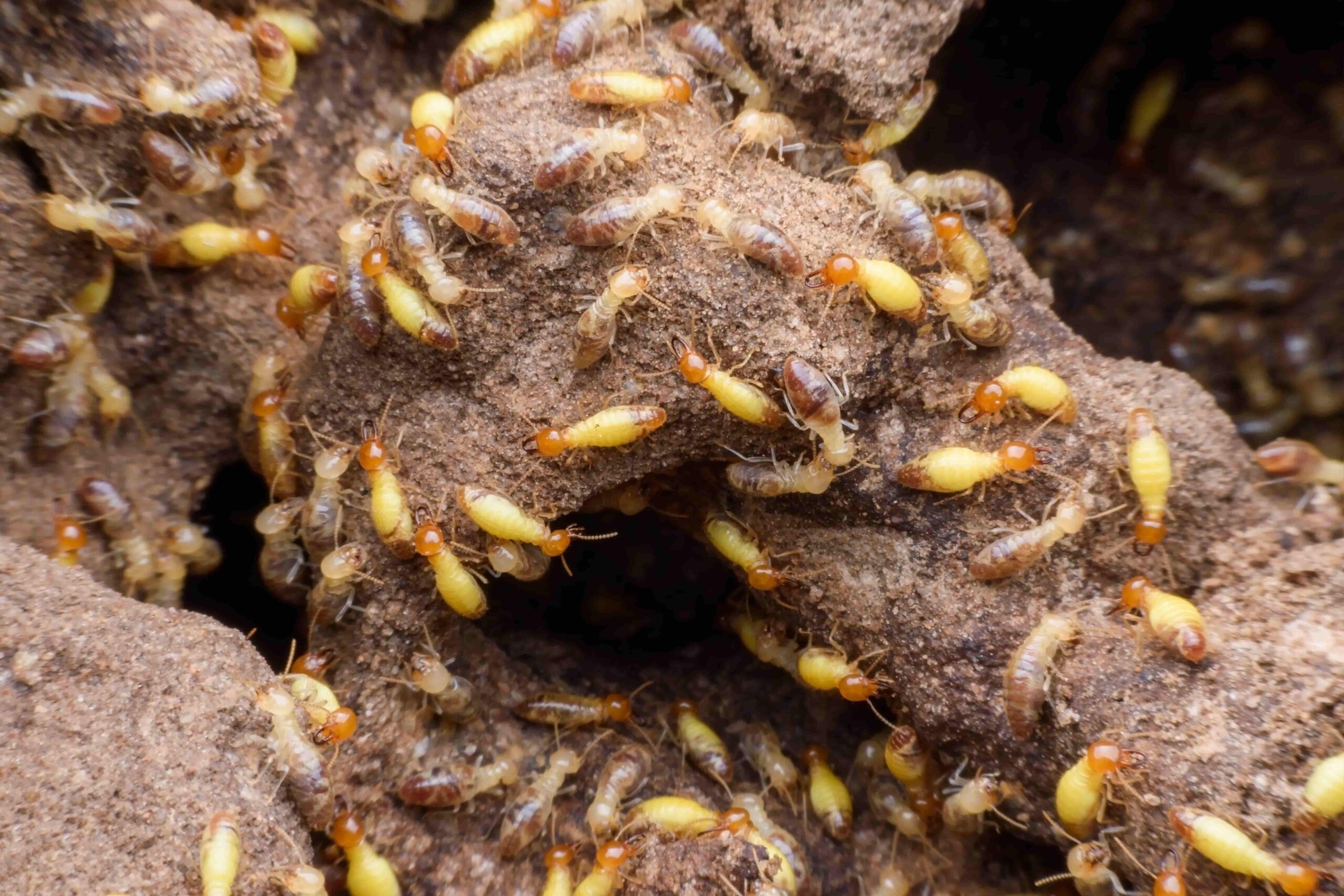
Termites
Termites are wood eaters and they can cause significant damage to homes and other wooden structures. There are three different types of termites: drywood, subterranean, and damp wood. Because of their different habitats and behaviors, specific control measures are used for each type of termite
Rodents
Rodents can damage buildings, contaminate food, and transmit diseases to people. The rodent family includes over 2,000 species of rats, mice , gophers, voles, beavers and more. They’re also adaptable, capable of learning by trial and error. As a result, people who need to control them have always struggled to “build a better mouse-trap.”
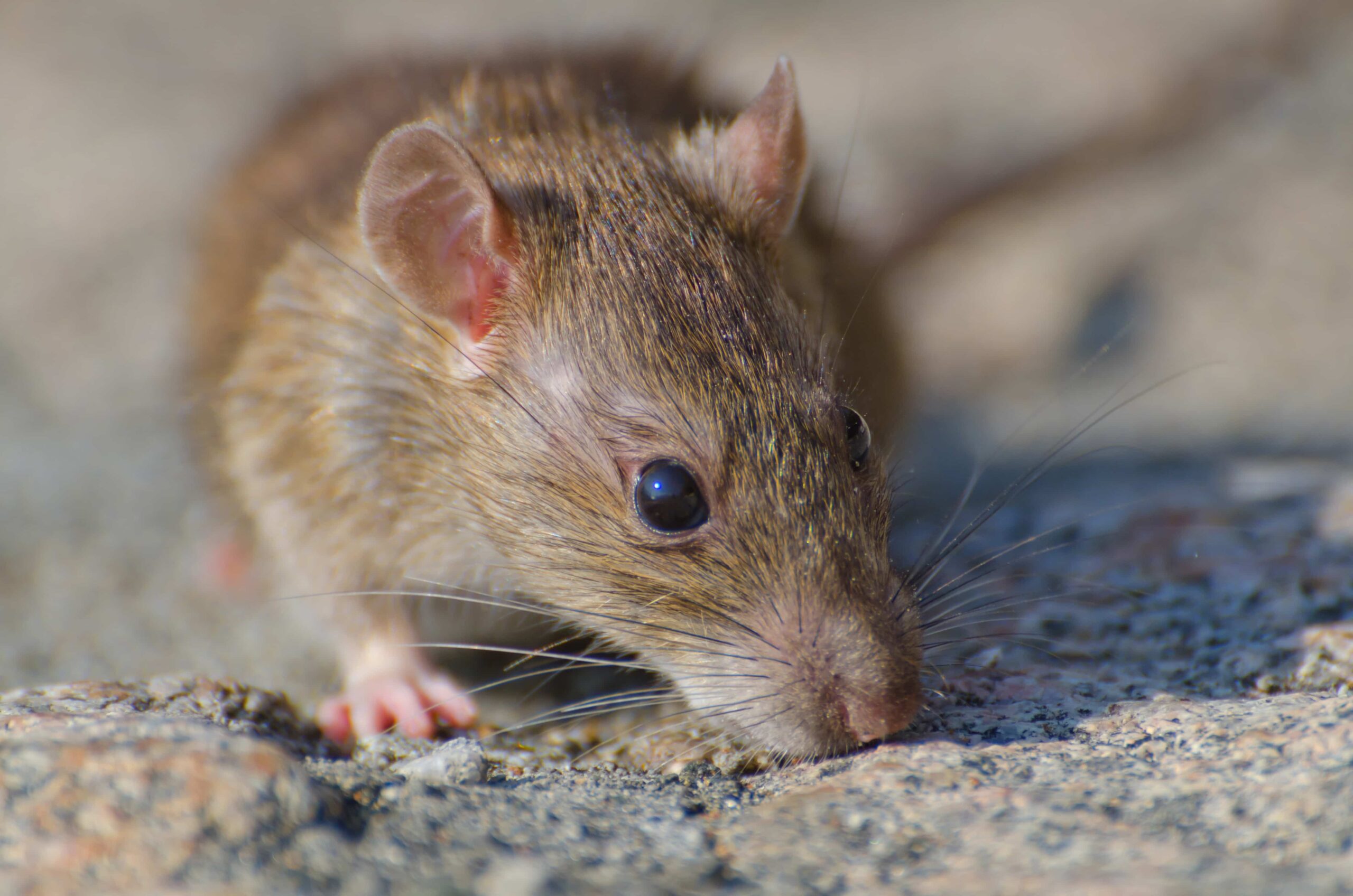
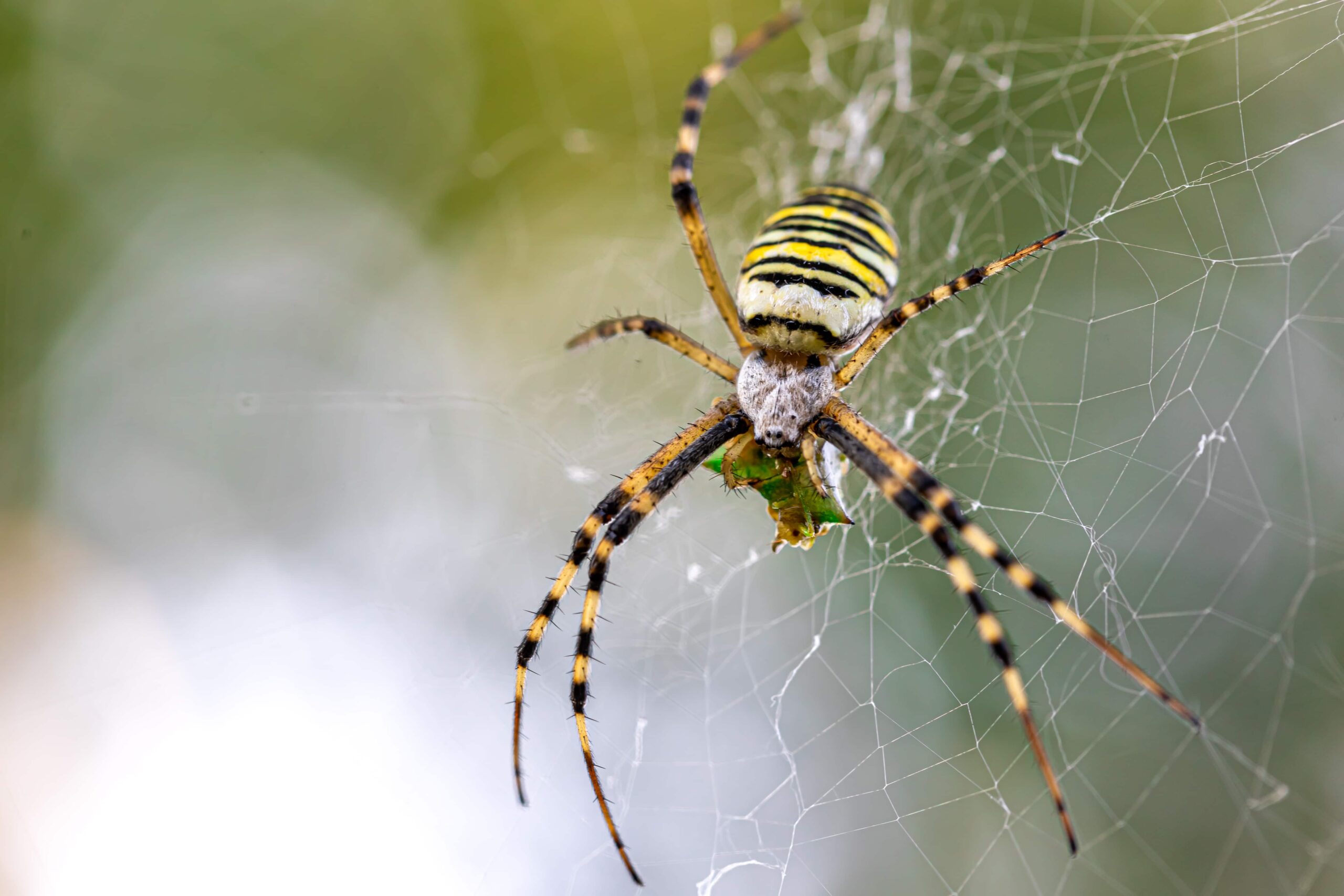
Spiders
Spiders are helpful outdoors because they eat many insect pests. Some spiders use webs to catch their prey, others chase and capture it. Most spiders are shy and harmless to humans. Although all spiders have venom, most cannot bite through human skin. However, a few can deliver very painful, poisonous bites, usually when cornered or agitated.
Ticks/Fleas
Ticks/Fleas cannot jump or fly, but often climb grasses and shrubs in order to come in contact with people or animals walking by so they can attach themselves and feed on blood. Ticks/Fleas have the potential to transmit diseases such as Lyme disease. Most tick-borne diseases require the tick to be attached and feeding for several hours before the person gets infected. Tick bites are often painless at first and most people do not know they have been bitten so checking yourself and your pet for Ticks/Fleas immediately after being in an infested area is important.
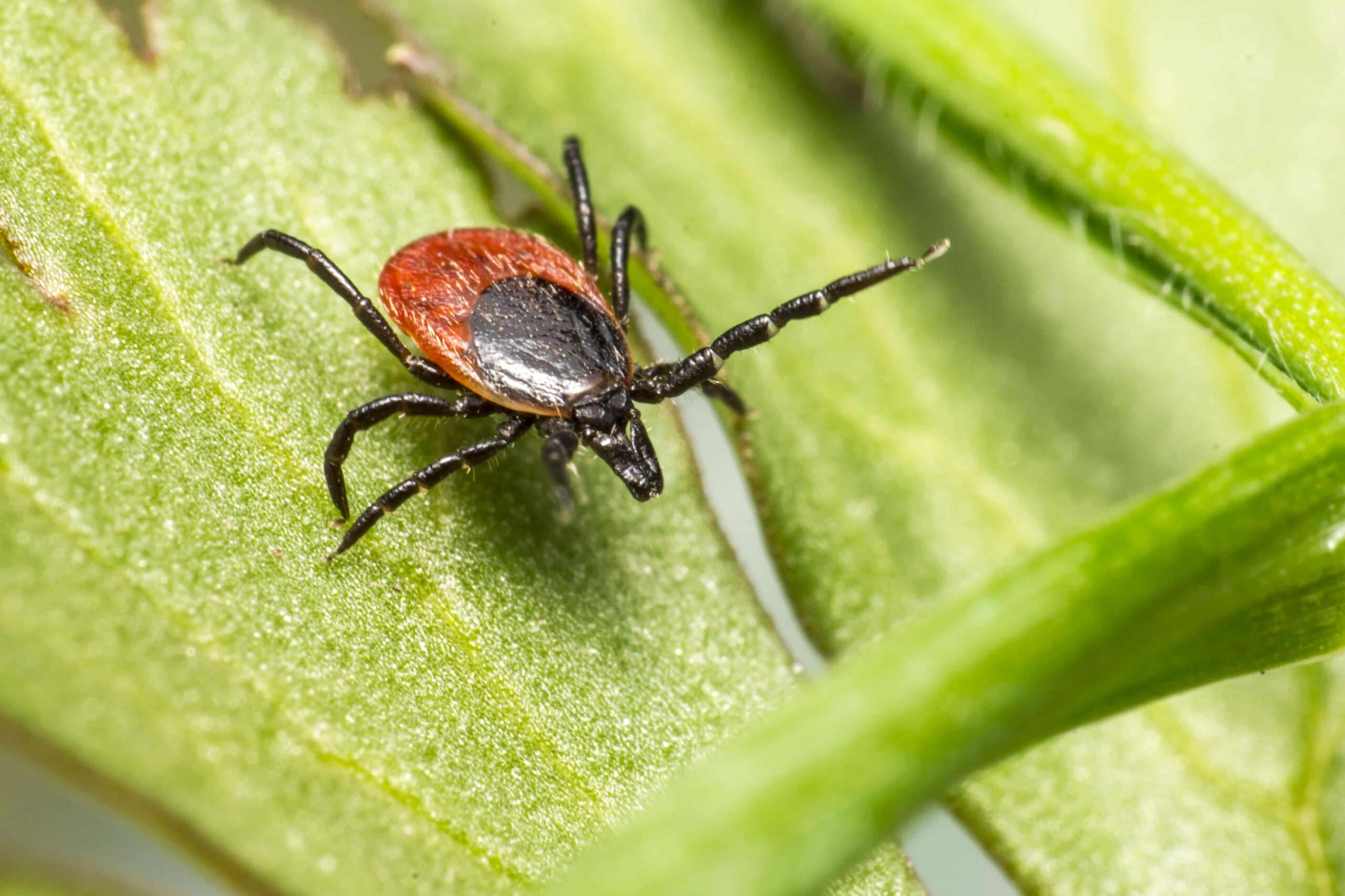
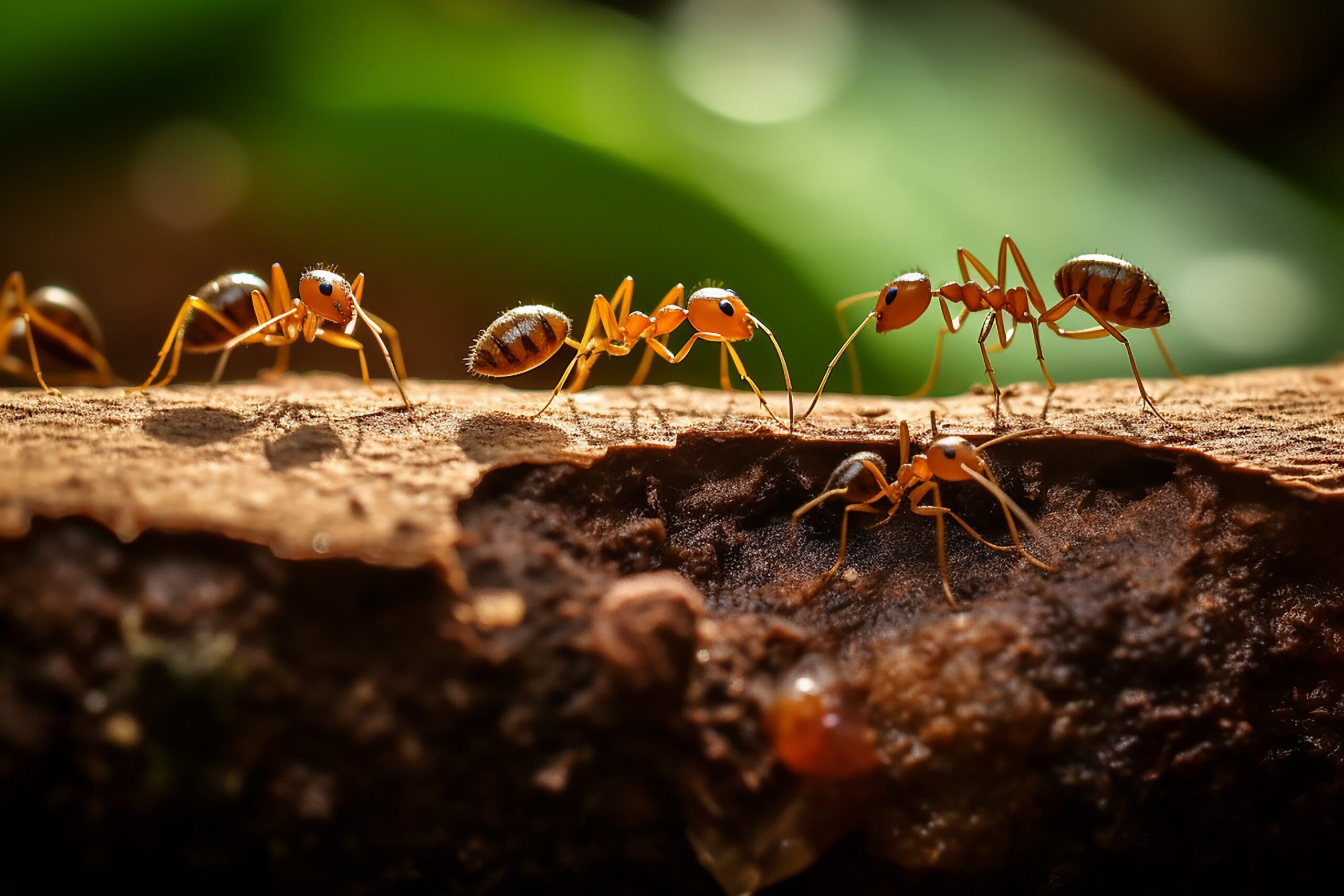
Carpenter Ants
Homeowners commonly mistake winged carpenter ants for termites. However, it is very easy to tell the difference. Carpenter ants have sharply bent (elbowed) antennae while termites’ antennae are straight. There is also a difference between the types of damage they cause to wood. Carpenter ants produce sawdust as a result of their chewing activities while termites produce little pellets. Contact your local Cooperative Extension Service for more information on carpenter ants in your area.
Mosquito Control
Not all mosquitoes transmit diseases, but they can all be a nuisance. There are many different species of mosquitoes with different preferences for climate and breeding territory. Typically, mosquitoes lay their eggs in standing water. Mosquito larvae hatch from the eggs and remain in the water, feeding on tiny organisms. Once they mature, adult mosquitoes leave the water to breed.
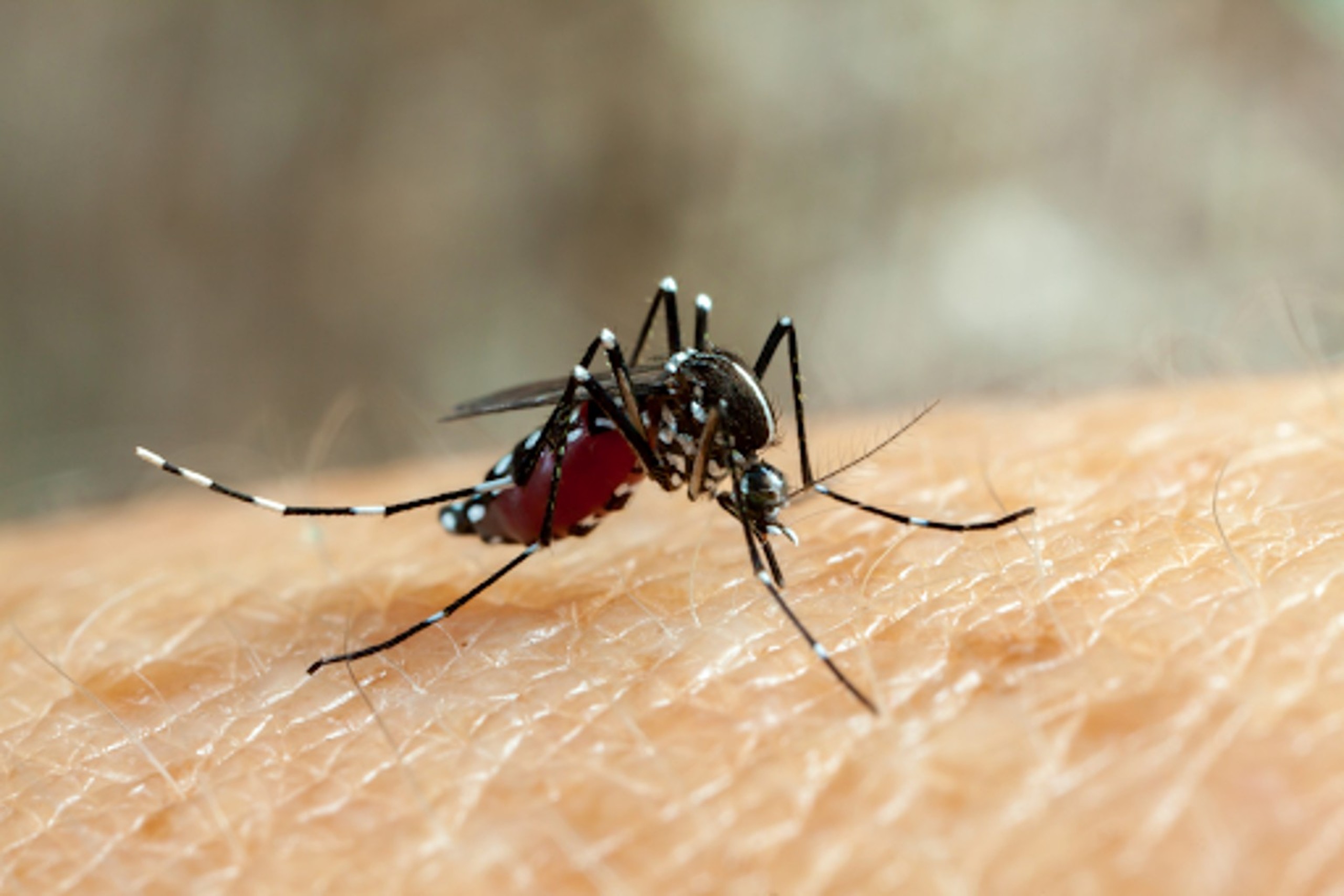
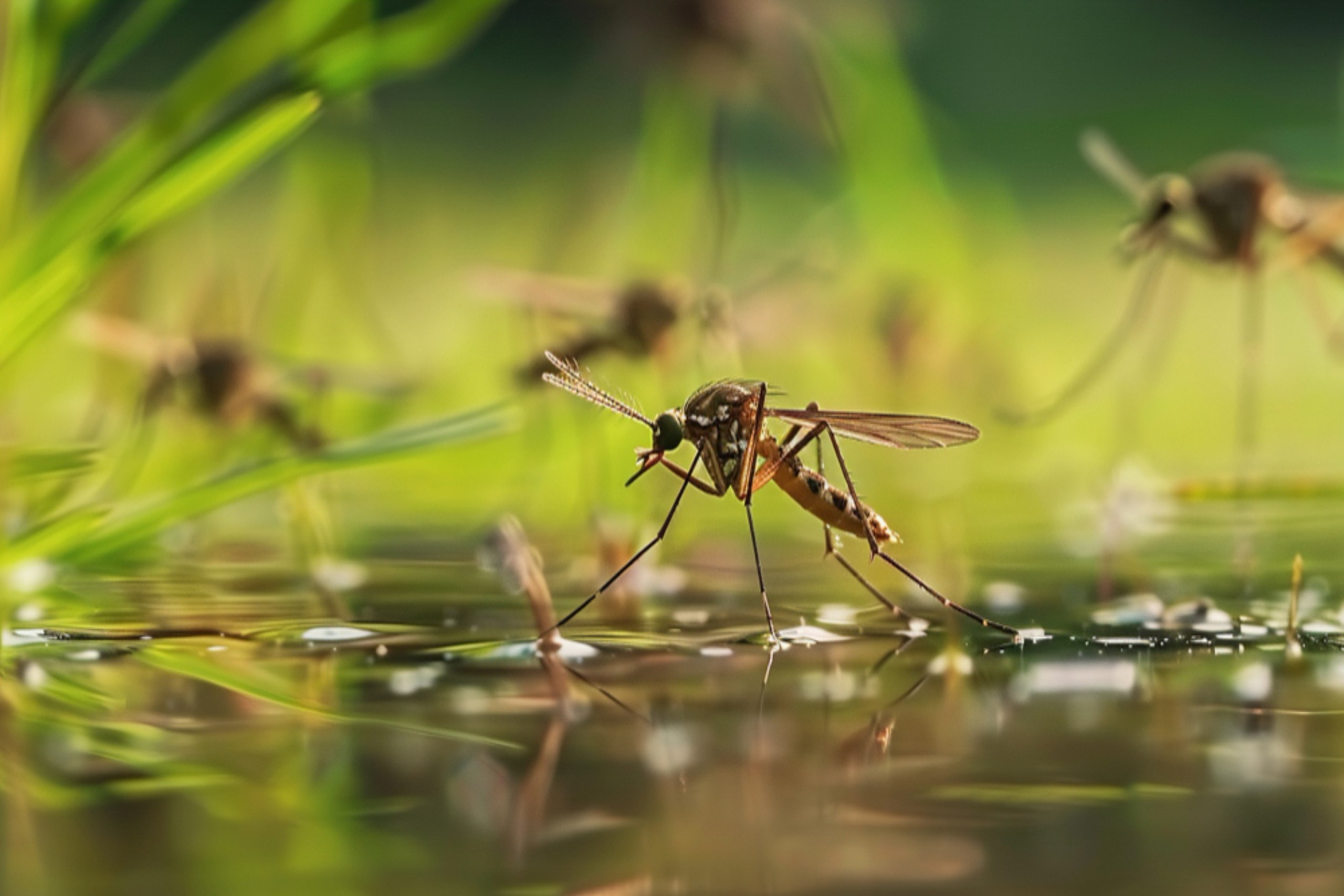
Larvicide Mosquito Treatment
Larvicide mosquito treatment is a proactive method used by Elite Pest Control to target the mosquito population at its source: the larval stage. By applying larvicides to water where mosquitoes breed, this treatment prevents larvae from maturing into biting adults. It’s an effective strategy for reducing mosquito populations, minimizing the risk of mosquito-borne diseases, and ensuring a safer, more comfortable outdoor environment.
Cockroaches
The sight of a cockroach running around in the kitchen cupboard may be familiar to some, but you don’t have to live with them. Cockroaches can eat food items in your home, including crumbs trapped in cracks and spilled drinks. While they don’t generally bite people, cockroaches shed, and their waste products can get into the air you breathe. Indoor cockroach infestations may cause allergy and asthma symptoms to get worse

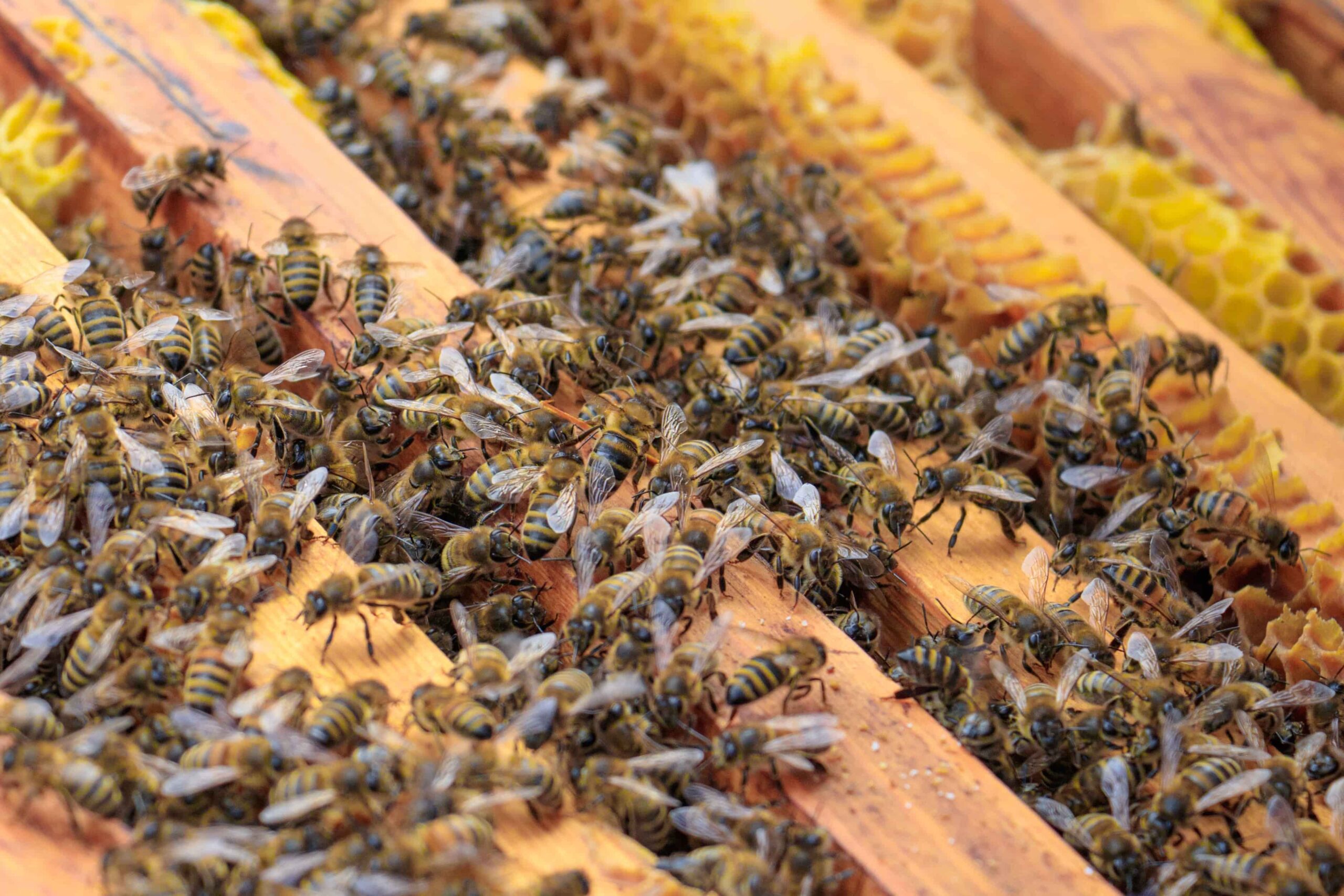
Bees
There are different types of Bees in the USA, all of which may require different treatment methods. Below is some information about the most common species you may encounter
Bed bugs
If you think you have bed bugs, don’t panic. There is a lot you can do; learn more and create an action plan. Bed bugs are hard to control, even for professionals. When using pesticides, always read and follow the label directions. Be mindful of the possible dangers of using pesticides. These days, many bed bugs are resistant to common pesticides. Bug bombs (foggers) don’t work for bed bugs. Learn more, one step at a time.

